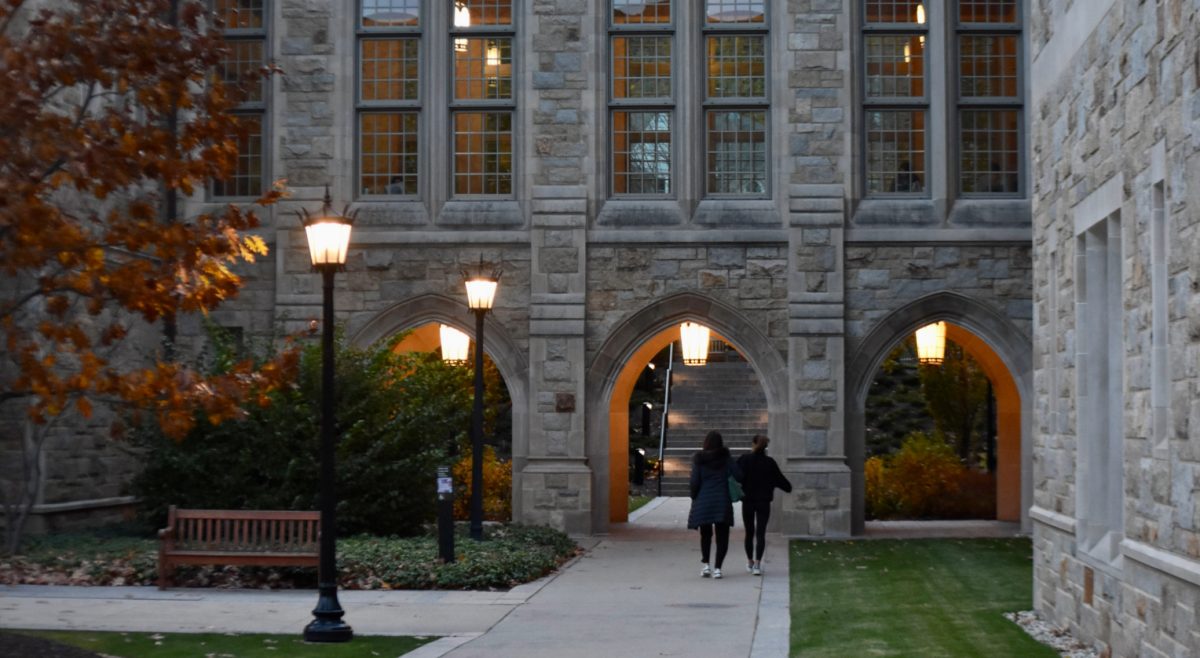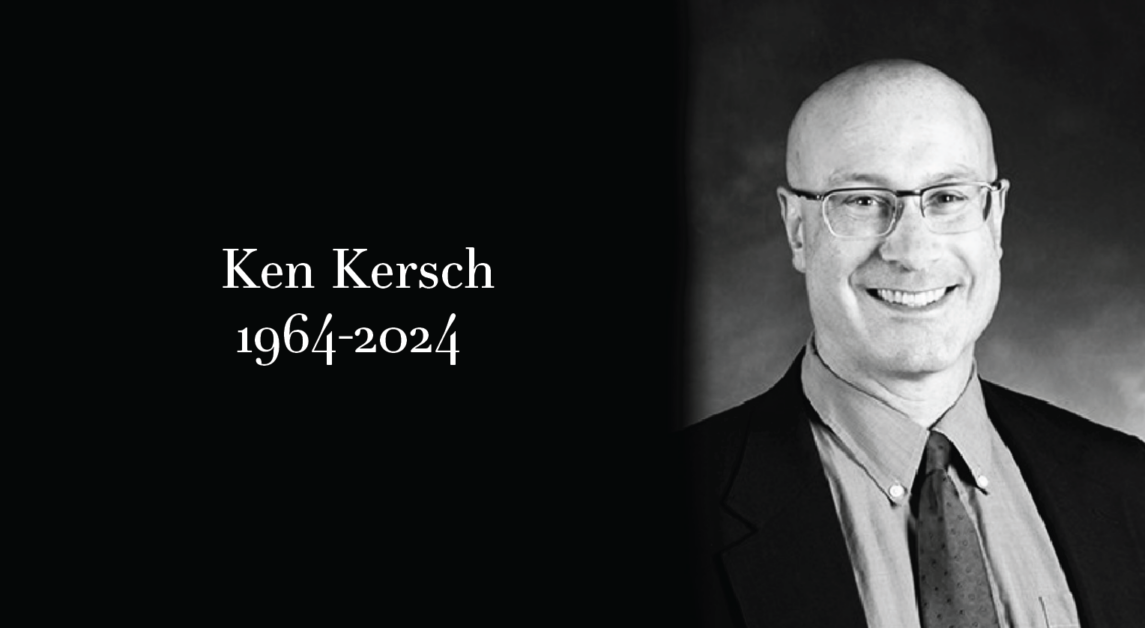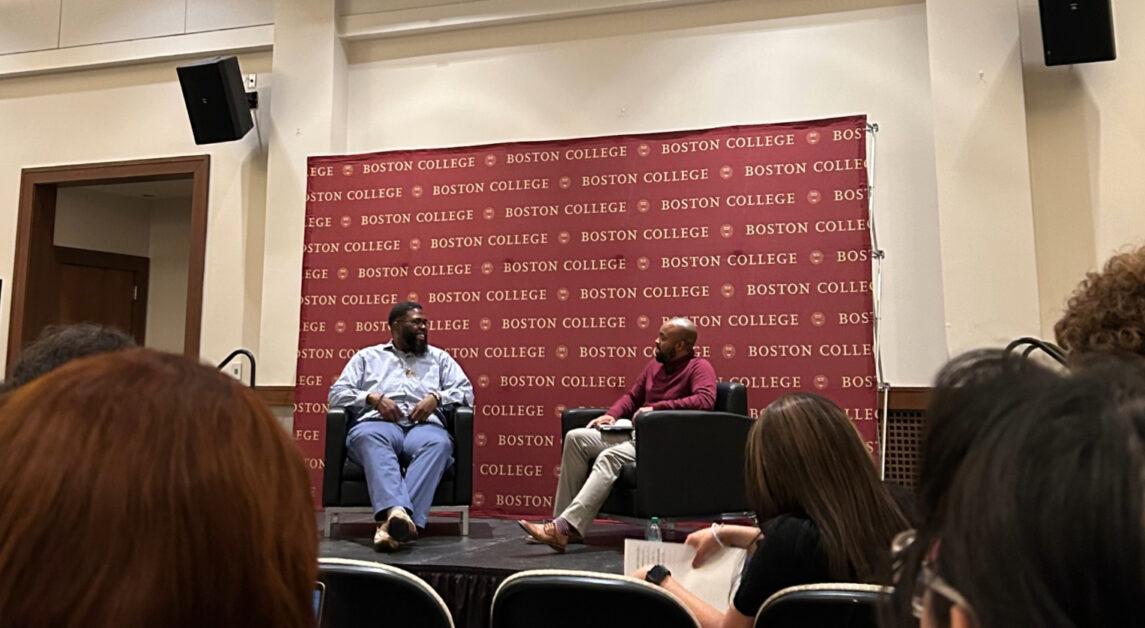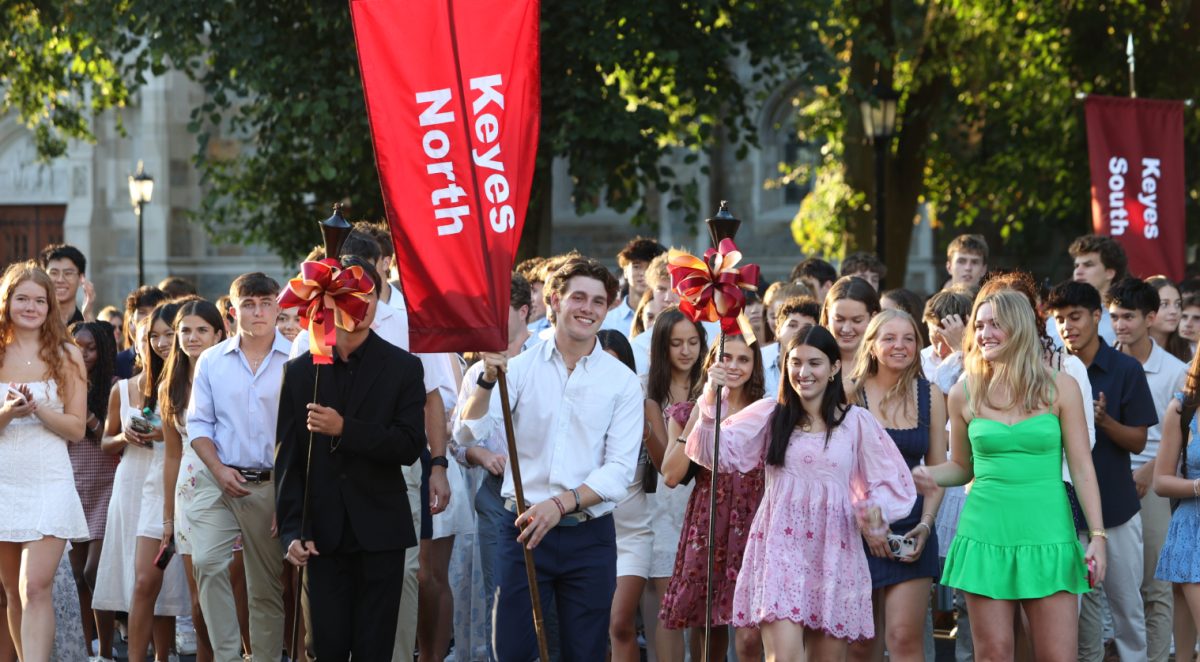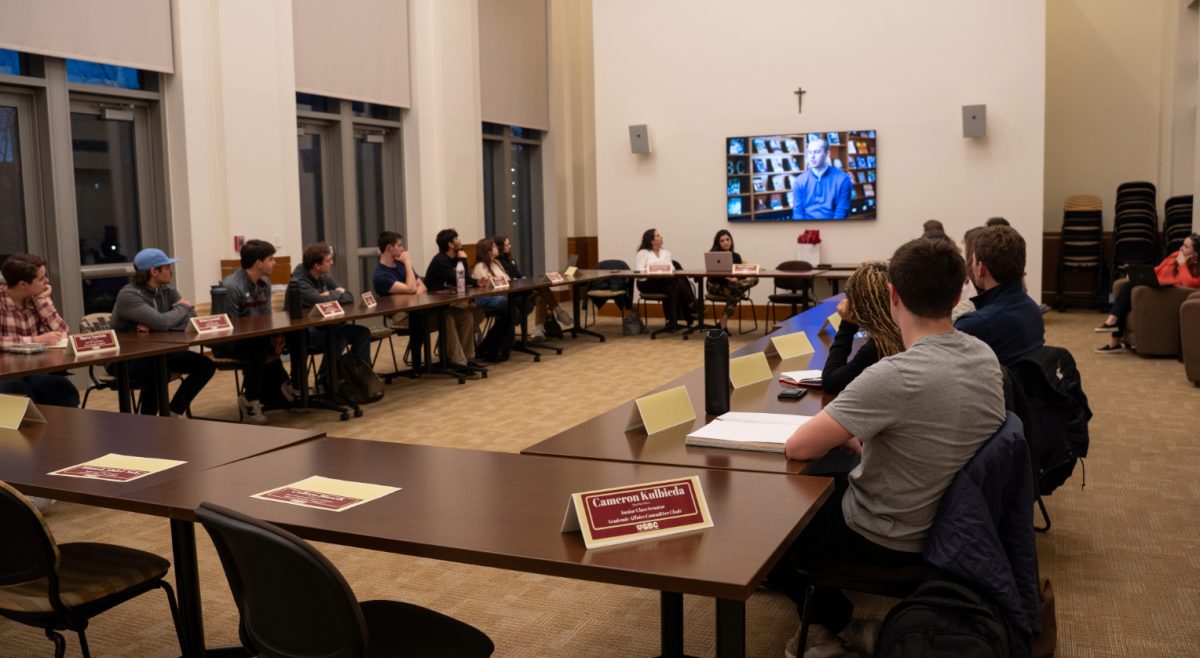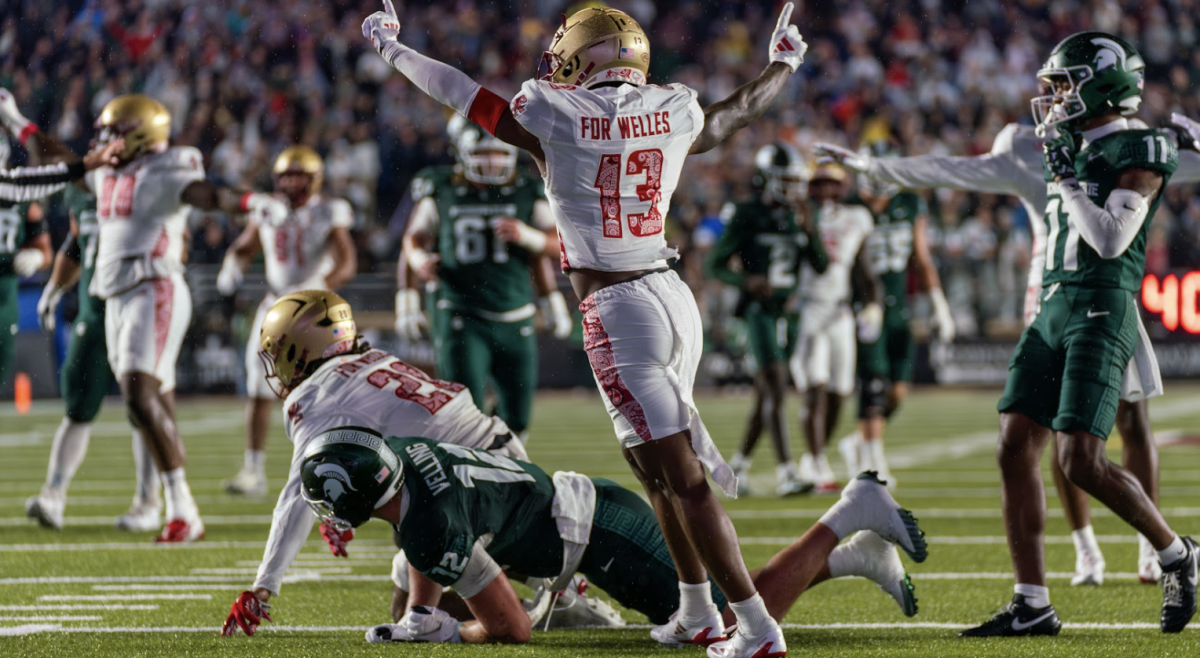Boston College, led by Vice Provost for Faculties Billy Soo, is working to continue to diversify its faculty population through a variety of programs and initiatives. Forty-two percent of the current faculty is female and 20.4 percent is AHANA+, according to Soo.
As with racial diversity, an obstacle to increased gender diversification at BC is the relatively low rate of turnover among faculty and the decentralized hiring process. With less than 10 percent of the faculty leaving each year, it is difficult to overhaul the makeup of the faculty, according to Soo.
“Given the turnover rate, it’s so much harder,” Soo said. “We’re all very proud that with every new batch we bring in, we’re increasing the diversity of the faculty. Our [diversity] numbers are always above whatever our current averages are.”
The most recent batch of faculty hires—79, including 20 visiting faculty— 34 are women and 27 identify as AHANA+, according to Soo. Of the non-visiting faculty hired, 24 are women and 19 identify as AHANA+.
Women make up 32 percent of the full professors at BC, 47 percent of the associate professors, and 43 percent of the assistant professors.
Last year, of the 68 new faculty hires, half were female and 26 percent were AHANA+. Among all faculty, 19 percent identified as AHANA+ last year, again continuing the steady trend—approximately a one percent annual increase—and 41 percent were female.
Last year, 43 percent of Boston University’s faculty, 37 percent of Harvard’s faculty, and 31 percent of Northeastern’s faculty were women, according to the Common Data Set Initiative. BC’s number also hovers around Georgetown’s 38 percent, University of Virginia’s 40 percent, and William and Mary’s 43 percent, according to the Common Data Set Initiative.
The distribution of female faculty throughout BC is not uniform: During the 2018-19 academic year, 86 percent of the Connell School of Nursing faculty was female, and women composed 64 percent of the faculty in the Lynch School of Education and Human Development, according to the 2018-19 University factbook. Women made up 34 percent of the Morrissey College of Arts and Sciences faculty and 36 percent in the Carroll School of Management last year, according to the 2018-19 University factbook.
The two most popular departments at BC, economics and finance, are overwhelmingly male—the economics department has four women on its full-time faculty, while the finance department employees five women full-time.
The issue of gender diversity is a systemic issue faced by all American universities because there is a greater demand for female faculty than are available nationwide, according to Soo.
“We make every effort to bring [female faculty members] in,” Soo said. “If they get an offer elsewhere, we try to match it. We’re very competitive. When we see a faculty member that we really like, we really stretch ourselves.”
Recently, couples have been applying for faculty positions as a duo, Soo said. This practice requires universities to find space for two new faculty members, even if they may have only been interested in recruiting one. Boston-area schools share resumes with each other in the hopes of being able to accommodate a spouse in the city, but BC’s relatively small range of departments makes it difficult for them to offer positions to a spouse every time, according to Soo.
Soo said that the introduction of the new African and African Diaspora Studies Department and the upcoming engineering department and Schiller Institute for Integrated Science and Society will present opportunities to diversify the faculty.
Soo said he is hopeful that they can continue to move the needle in the direction of change because all departments are making a concerted effort and they have introduced programs to eliminate bias in the hiring process. He said it is easier to change the gender composition of the University rather than the racial makeup because there are more female faculty candidates than AHANA+ faculty candidates.
“You need to have a core number [of faculty] to sustain continued growth,” Soo said. “When you’re starting with a smaller number, it’s just harder to get that momentum going.”
The decentralized nature of the faculty hiring process can be a major contributor or obstacle in the diversification of the faculty, Soo said. Between January and March, deans from every department make faculty search requests to the Office of the Provost, which is responsible for hiring. The requests are often triggered by retirement or resignation from the University.
In June, departments receive approval to advertise for their positions and the recruitment and hiring process begins.
The University allows departments to hire their own faculty, with approval from the Office of the Provost, so it is hard to implement universal hiring procedures, which can contribute to the gender imbalance, according to Soo.
Search requests can also be made if a department is expanding, as is the case in the computer science and economics departments. If the University believes the growth is sustainable, then it will attempt to fill positions with full-time faculty instead of part-time faculty, Soo said.
Requests are approved with considerations made for the following academic year, since hirings actually happen a full calendar year after a request is submitted.
The creation of the Schiller Institute and its engineering department are requiring the Office of the Provost to evaluate hiring requests while also considering the large and impending requirement for new faculty in STEM fields.
“We need to be aware of these current growth spurts, even as we’re approving the current faculty growth,” Soo said. “It’s a very inexact science because of faculty leave, so you can’t exactly plan for it.”
The demand and supply of faculty members varies heavily between departments, according to Soo. In computer science, economics, and business, there is demand for faculty that far outweighs the supply. But in departments such as English, there can be hundreds of applicants for a single position, leading the hiring process to be more of an art than a science, he said.
Featured Image by Ikram Ali/Heights Editor


